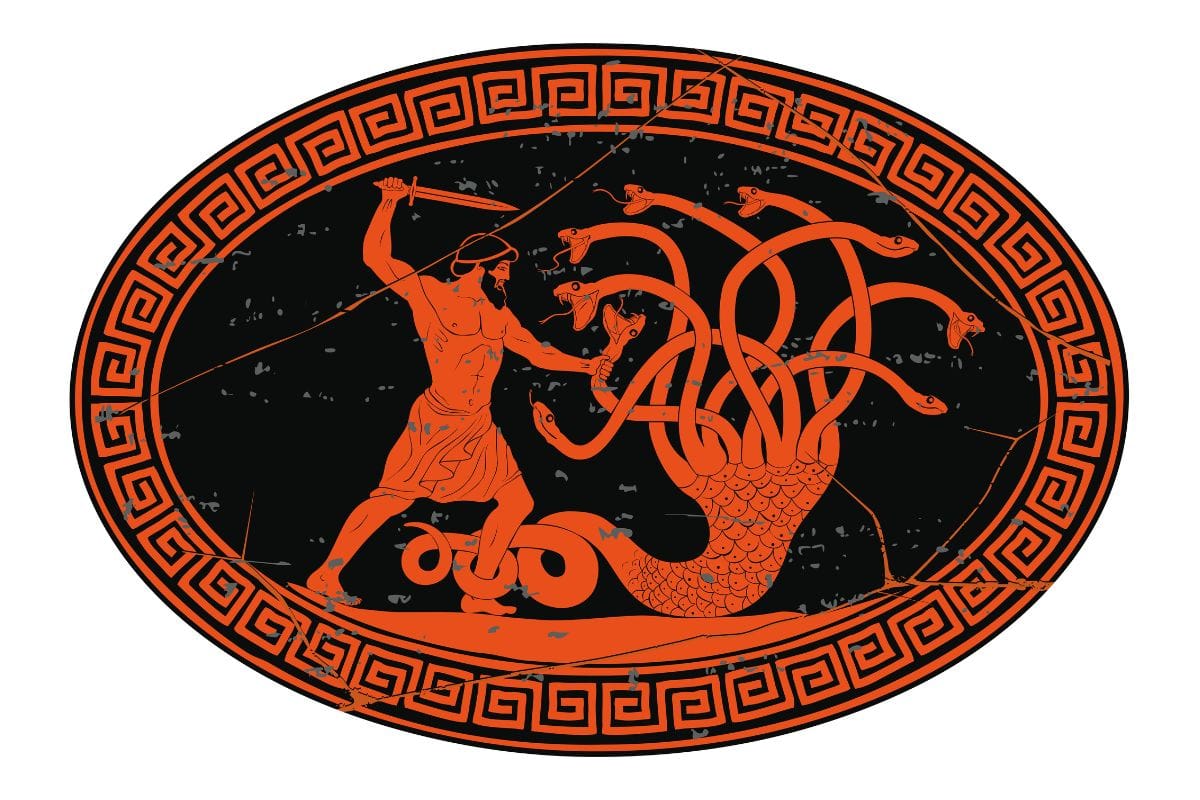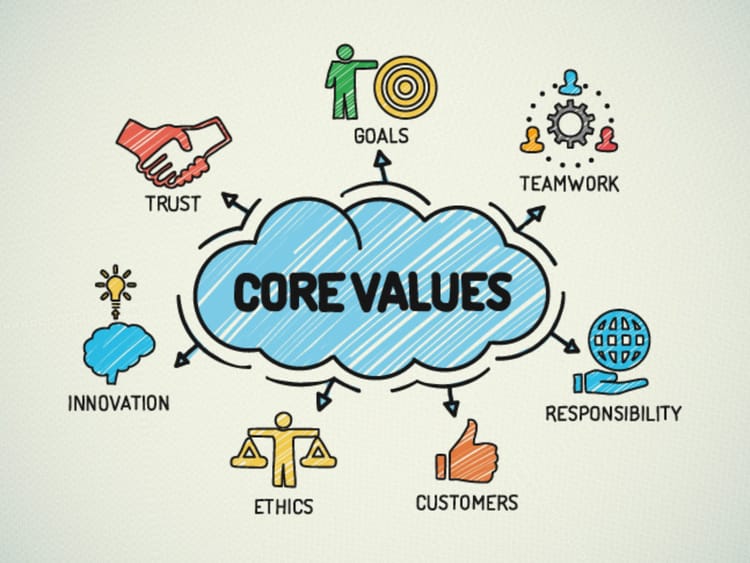'Bulldozed': The line between power struggle and mistreatment

I worked with an executive recently who over the course of several conversations used the word ‘bulldozed’ to describe how colleagues interacted with them at work. They would say, for example, “I was bulldozed by my boss/colleagues in that meeting.”
Now, I live and work in the world of corporate jargon (e.g., “synergy,” “double click,” “all the way to bright”), so I’m attuned to the short-hand words or phrases that business leaders use. However, this one haunted me for several weeks after I heard it. The term seemed different from the anodyne jargon words I was used to, in this case laced with more malice and interpersonal threat, more brutality and even sadness.
My initial assumption was that the word referred to a kind of rough power play. Perhaps it meant senior leaders flexing their formal authority to those more junior in the hierarchy, in a clumsy and friction-filled way. This seemed reasonable, yet at the same time, the word implied more hostility than you would expect from a leader just exercising their typical formal authority.
The other feature that caught my attention, was that my client wasn’t the type of person I’d expect to be ‘bulldozed’ (whatever that meant). I had worked closely with them and reviewed their personality results. They didn’t take offense easily. They were resilient in the face of stress. And they could speak up and assert themselves. Yet they felt bulldozed… What was this mysterious force that could throw such a strong and capable professional off balance?
Defining bulldozing
After some dialogue with my client, I finally distilled that ‘bulldozing’ could involve multiple nuanced meanings, describing a range of disturbing interpersonal behaviours. I'll illustrate each meaning below using some examples my client directly experienced:
- Interruption and shushing: Someone in a more powerful position would interrupt my client in a meeting, direct them to stop talking, sometimes mid-sentence, and occasionally accompany this with raising a hand toward them in a ‘stop!’ gesture. Sometimes the ‘shusher’ would follow up their straight-arm action by explicitly stating that my client was ‘wrong’ about the issue at hand.
- Outnumbering: My client would show up at a meeting to find they were physically outnumbered by members of another function who also held opposing views on a key issue. During the meeting, the functional coalition would work together to refute my client’s points and suggest that ‘they’ were starting to coalesce around a decision that my client disagreed with. Sometimes this coalescing seemed organic, other times more prearranged (on the latter, see #3 below).
- Pre-deciding: Here the gaggle of functional allies would appear at the meeting, again trying to ‘outnumber’ others, and declare that despite my client having direct responsibility for providing input on an issue, that the rival coalition had already made a decision, in advance of the meeting, in a way that runs counter to my client’s perspective. They would frame the decision as a fait accompli, like they’d reached irreversible closure, as if the issue couldn't or shouldn’t be revisited.
- Stonewalling: In this case a colleague would ‘stonewall’ my client by refusing to respond to messages or requests to meet on an important topic. In-person visits to the other colleague’s office would result in assurances that they will reach out to set up a time to speak, right away. But like in Irish writer Samuel Beckett’s absurdist play ‘Waiting for Godot,’ the denouement never comes, the leader never shows, and the waiting becomes an unending tragi-comic experience. (I remember in one example, months went by, as my client waited for a response.) In parallel with this charade, the evasive leader would then proceed to work around my client, often against their interests, seeking support, allies and approvals without my client’s involvement.

Making sense of bulldozing
So what’s going on here? I’m a realist when I enter modern organizations, and I understand that power struggles are normal among senior corporate leaders. But the cocktail of interpersonal behaviours described above, all rolled up into the word ‘bulldozed,’ seemed more pernicious than everyday power dynamics, and appeared to slide into a zone of dysfunctional mistreatment.
One way to assess the impact of ‘bulldozing’ is to compare it with other mistreatment behaviours in the workplace. Fortunately, researchers have mapped some of these out, including concepts like incivility, aggression, social undermining, and ostracism. Let’s compare ‘bulldozing’ to each of these mistreatment criteria, using them as a checklist against which to cross-reference.
Incivility involves low intensity, ambiguous, norm-breaking acts, that are harmful and disrespectful (e.g., interrupting, making demeaning remarks to someone, giving dirty looks). Check - this is covered by #1 and #4 above. Workplace aggression can be defined as behaviour intended to physically or psychologically harm employees at work. ‘Bulldozing’ doesn’t involve threats of physical harm, but distinct aggression shows up in #1 above, and an intent to psychologically harm may appear in any of them – so again, check. Social undermining involves clear negative intent to cause harm to relationships, work success, or reputation (e.g., discrediting a coworker behind their back to the boss). This appears in #1 above with a more senior person ‘shushing’ and boldly telling the subordinate leader “you’re wrong” in a public meeting. It also surfaces in #3 and #4 above, in attempts to undermine someone by cutting them out of a decision that they have the authority to participate in. So again, check. A final form of mistreatment is ostracism, which is a non-interactive version of incivility, involving ignoring or excluding of others. Check - this is clearly covered off by ‘stonewalling’ in #4 above. So this exercise confirms that ‘bulldozing’ may be quite pernicious, since it resembles so many different types of workplace mistreatment.
Another way to make sense of this ‘bulldozing’ is to describe it as both structural and interpersonal forms of aggression. The structural portion seems to involve engineering situations such that you stack meetings with allies, to create a numerical advantage of bodies, for the purpose of outweighing and overpowering the other side. This creates a problem of sheer volume and mass for the opposition to overcome. Debating in this context must feel like trying to argue a point with an anvil on your chest.
Structural aggression, again by stacking meetings with allies, also creates a complexity problem for opponents. The functional coalition in effect becomes a multi-headed hydra that the outnumbered leader must fend off. It’s hard enough to debate your point with one very intelligent senior executive, but doing so while also squabbling with two or three of their underlings – each of whom can refresh their points or arguments while other team members are talking - seems beyond realistic.

The interpersonal aggression component is more obvious, and you can notice it in the ‘interruption and shusing’ and ‘stonewalling’ behaviours. There we can see overt aggression by gesturing at someone while telling them they’re “wrong” - I think most would agree that's a relationship damaging behaviour. We can also see interpersonal aggression embedded in excluding someone from a decision process they should be involved with, while working around them through other channels.
Risks of bulldozing
Ok, so bulldozing seems impolite and hurtful, and may cross over from a constructive power struggle behaviour, into a zone of mistreatment.
But what's the big deal, this must happen all the time in highly charged corporate settings?
Well, bulldozing seems problematic to me for several reasons.
First, because the behaviours are ‘low grade’ for the most part, they may not be noticed, or seen as violating company values, and therefore not addressed. Probably no one will complain to HR about this stuff. The ‘bulldozers’ may claim plausible deniability – “I didn’t mean that, you’re misreading my intent.” Yet because of that ambiguity and covertness, these behaviours could arise more frequently, and a large cumulative toll.
Second, these behaviours tax individuals. Research suggests that being the target of even mildly incivility at work is incredibly stressful. It’s hard to imagine being on the receiving end of ‘bulldozing,’ feeling all that alienation and delegitimization, and not experiencing a major psychological cost as a result.
Third, this syndrome may exert a degrading effect on culture. There will be witnesses to acts of ‘bulldozing.’ Simply observing colleagues being treated this way, even if you’re not the target, may erode morale. Also, if leaders allow these behaviours to proliferate, observers will assume ‘bulldozing’ represents the cultural norm, and begin to mimic its poisonous features. If this happens it would be unfortunate, since these behaviours – oriented around mistrusting and devaluing others – are wholly inconsistent with building a culture of collaborative and productive team-based work.
Fourth, I worry about the potentially catastrophic decisions that might result from such dynamics. A major outcome of bulldozing seems to be the silencing of others. If information isn’t allowed to flow, if valuable communication is negated, how can leaders make optimal decisions? How can they learn from their mistakes? And will the decisions, once made, align with the best interests of the enterprise, or instead with the narrow self-interests of the ‘bulldozer’?
Bulldozing may be cultural, and leaders shape culture
Culture exerts an enormous influence on whether ‘bulldozing’ (or other forms of mistreatment) can take place. For example, in a recent meta-analysis researchers found that contextual factors related to the climate or culture of the organization, made a larger contribution to predicting incivility in the workplace than the individual demographic characteristics or personality traits of the target. In other words, even though we might think of mistreatment as individual level problem (like a skill deficit or vulnerability of one of the parties), or a ‘one-to-one’ problem between two individuals where we're tempted to send the warring parties away to ‘work it out,’ that mistreatment may in fact be a culture level problem. So who shapes the culture? It’s senior leadership’s job to create the cultural conditions where dysfunctional mistreatment of colleagues isn’t tolerated, and where standards of respect and civility are maintained.
Conclusion
When I began writing this article, I conceptualized 'bulldozing' as an unfortunate interpersonal phenomenon facing my client when working with some intractable colleagues. Yet as I've thought deeper about the topic, I now believe it may have nothing to do with my client, and bear only minimal relation to any of the 'bulldozers' (or perpetrators). I now see it as a cultural phenomenon, where one or more senior leaders have made a choice to accept incivility and mistreatment between their team members, as part of their company's cultural DNA. "Power struggles, bulldozing, mistreatment, incivility, it's all normal, collateral damage will happen." Team members will notice those cultural rules, and play by them, however dysfunctional they are. But respect and civility can coexist with high performance standards, and all the aggressive debate and ambition that come with it. And they may also be good for business. The best talent always has options. Cultivate a culture of disrespect, and what talented person will want to work in that organization? They will walk. Shush too many subordinates, and they will stop talking, and leaders will become blind to important data when making decisions. And companies with corrosive cultures will pay a tax by churning through new hires, onboarding and training them, only to see them leave and need to be replaced. That’s an expensive, but also cheerless business model. Instead, leaders can reject the orthodox thinking that corporate culture has to include the harsh treatment of people, and commit to a more humanistic vision. Leaders have the singular authority to shape culture into an aspirational form that protects norms of respect and dignity, and in so doing build a community in which all members thrive.
Further reading
Incivility meta analysis - 2022
Music
I first heard this song 20 years ago, when I stumbled upon it while listening to the NPR show 'All Songs Considered.' The overall concert/album has many atonal moments, and can be a harder listen at times, but this song is a beautiful few minutes. I often return to and listen to this song in moments of duress or stress, for comfort. I hope you enjoy it.
Radiance is a double-album by American pianist Keith Jarrett recorded in October 2002 in Japan at two different concerts—Osaka (October 27) and Tokyo (October 30)—and released in May 2005
Tim Jackson, Ph.D. is the President of Jackson Leadership Inc., and a leadership expert with 18 years of experience assessing and coaching executives in service of increasing their effectiveness. He has worked with leaders across a variety of sectors, including agriculture, chemicals, consumer products, finance, logistics, manufacturing, media, not-for-profit, pharmaceuticals, healthcare, and utilities and power generation, including multiple private-equity owned businesses. He has also worked with leaders across numerous functional areas, including sales, marketing, supply chain, finance, information technology, operations, sustainability, charitable, general management, health and safety, and quality control, and across hierarchical levels from individual contributors to CEOs. Tim has also worked with leaders across Canada, the US, Western Europe, and China.
Tim has published his research and ideas on leadership in various outlets, including Forbes.com, The Globe and Mail, peer-reviewed journals, and several HR trade magazines. He also writes about leadership topics often in his newsletter at www.timjacksonphd.com. He has also shared details of his coaching practice at leading conferences like the Society for Industrial and Organizational Psychology (SIOP).
He has a Ph.D. in Industrial/Organizational Psychology from The University of Western Ontario, and is based in Toronto, ON.
Tim's services:
- In-depth executive assessment, feedback, & goal setting: Tim uses interview-based 360 surveys to conduct in-depth, customized assessments of executives, often in combination with personality testing, and uses that data to provide practical feedback on improving leadership impact.
- Executive coaching: Often following an in-depth assessment, Tim uses his accumulated knowledge from a career of researching and working with leaders, to provide one-to-one coaching for executives to help them strengthen their effectiveness.
- Workshops: Tim offers two customized workshops for executive audiences. The first is titled 'How leaders can challenge, push, and pull teams to the limit of performance, without breaking them.' This content is based on Tim's original research, using data from 37 executive interviews. The second workshop is titled 'Foundational leadership concepts for new executives,' and summarizes all the key drivers and derailers of leadership effectiveness that Tim has learned about in his 18 year career, distilled from both academic sources and practical experience.
- Leadership circles: Tim facilitates groups of executives in discussing similar leadership challenges, asking them to share experiences, solutions, advice, and support for one another. These circles help carve out dedicated time for leaders to think about development amidst pressing day-to-day demands, and are a cost effective way to involve multiple executives in a growth experience at once.
- Culture audits: Using the same in-depth, qualitative data gathering methods he uses for executive 360s, Tim conducts numerous interviews to investigate cultural friction points, so teams, functions, and organizations can address them and enhance their performance.
Please feel free to contact Tim with your feedback about this site, questions about his services, or to share your own ideas about leadership in organizations.
Email: tjackson@jacksonleadership.com
Phone: 647-969-8907
Website: www.jacksonleadership.com
Newsletter: www.timjacksonphd.com
Articles and short-form thoughts on Bluesky






Member discussion